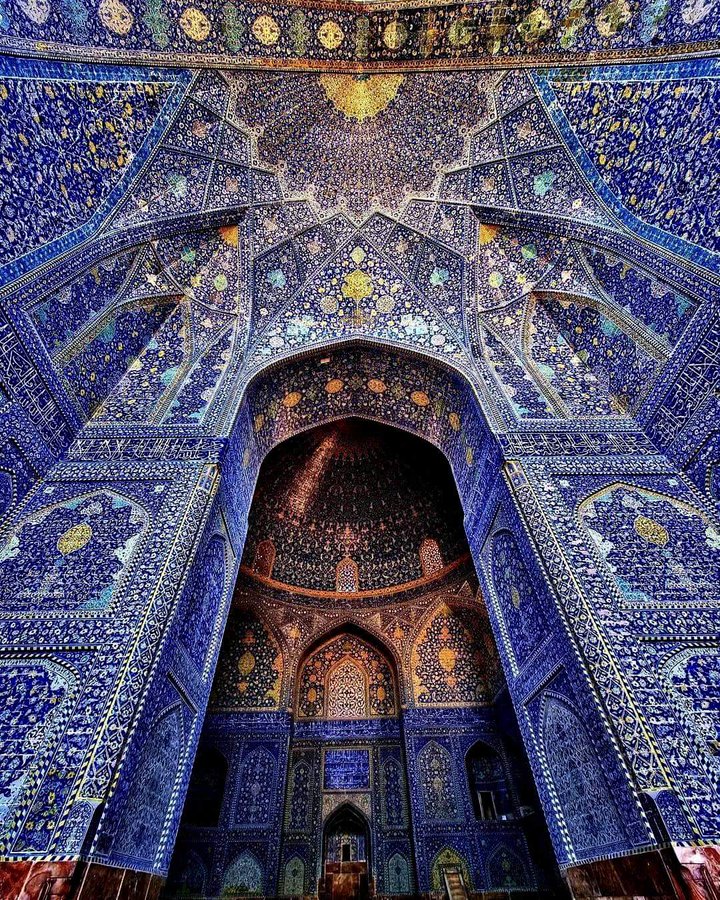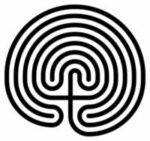The Shah Mosque, a part of the complex of Naqsh-e Jahan Square, the main attraction of Isfahan, Iran. It is regarded as one of masterpieces of Persian architecture in the Islamic era. Along with Naqsh-e Jahan Square, the mosque is registered as UNESCO World Heritage Site and is a popular destination for tourists visiting Isfahan. Mosque was built between 1611-1629 CE, as a part of Naqsh-e Jahan Square Complex by decision of Shah Abbas I (1588-1629 CE), of Safavid Dynasty.

The task for the leading architect of the project, Shaykh Bahai, was to build a Mosque that would symbolize the contribution of clergy in the Empire’s power structure. Imam Mosque was intended to replace the old Jameh Mosque for Friday praying. Shaykh Bahai planned also to build two schools on the territory of the Mosque. The building was part of Abbas I’s policy of empire-building: in 1598 CE, he moved his imperial headquarters to Isfahan, and at the same time began a major construction project. He also began a major project to make Isfahan the capital of Persia, a project of historic importance. And it was as part of this conception of purpose that this artistic marvel, which bears all the hallmarks of classical Persian Islam, was born. Shah Abbas wanted the mosque to be ready before his death, so the construction process had to be shortened. Imam Mosque turned out to be the majestic building with the biggest dome in the city, but the construction was finished a few months after Shah’s death. Mosque consists of two structures: a gorgeous entrance gate with two minarets and the main building of the mosque with a big dome and minarets as well. The mosque yard lies between them. The entrance is made in the shape of an iwan – vaulted structure, the distinct feature of Islamic architecture of Seljuk and Safavid dynasties. One of the prominent features of the Imam Mosque is its peculiar orientation. While that time most of the important buildings were built facing towards Mecca, the entrance of the mosque leads another way. But after entering the entrance gate of the mosque, one makes a slight turn to the right as the portal leads him, and coming out in the yard of the mosque, faces exactly Mecca’s direction. Due to this trick, both structures – the entrance and the main dome of the mosque, are equally visible from the square, not blocking the view of each other. The unique architectural feature of the mosque, its acoustic properties. Anyone speaking under the dome will be clearly heard by anyone inside. The variety of blue colors in interior and exterior tiled walls became the signature of the mosque.
